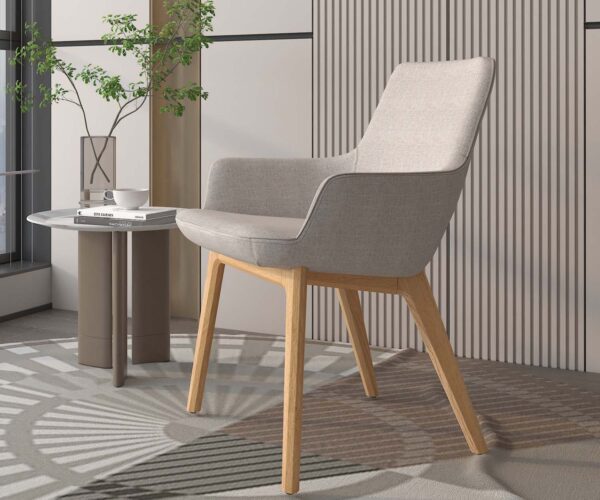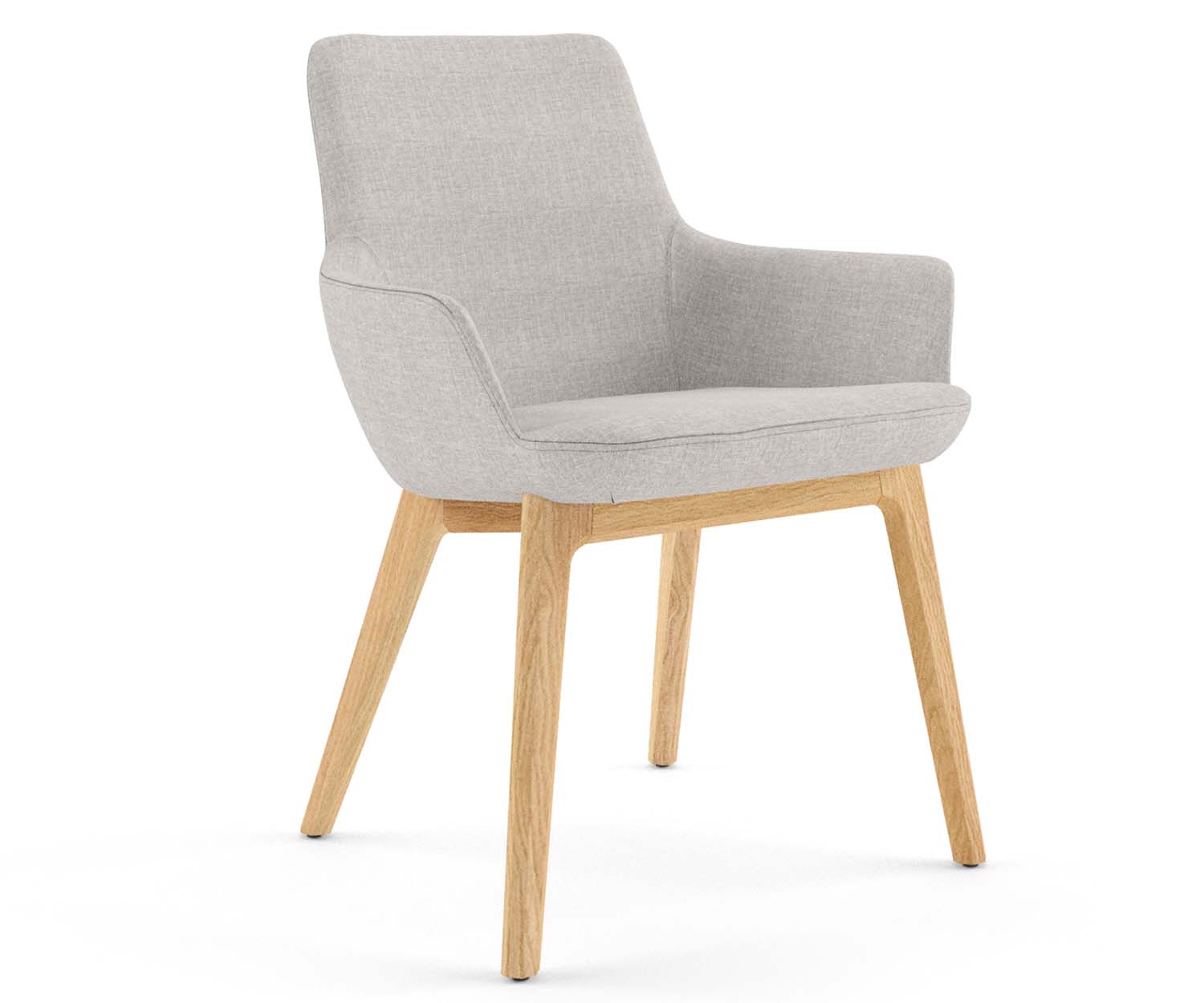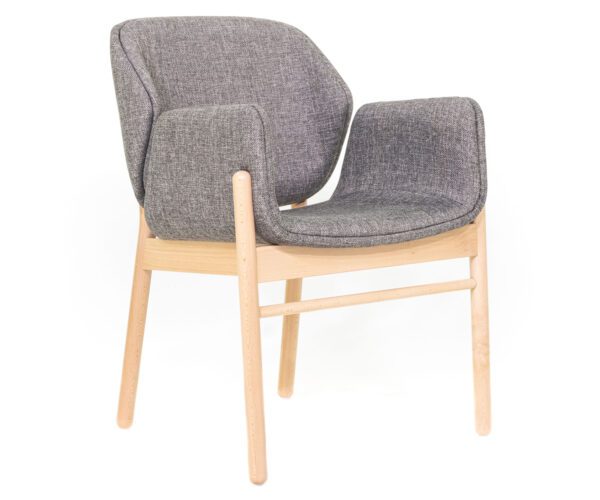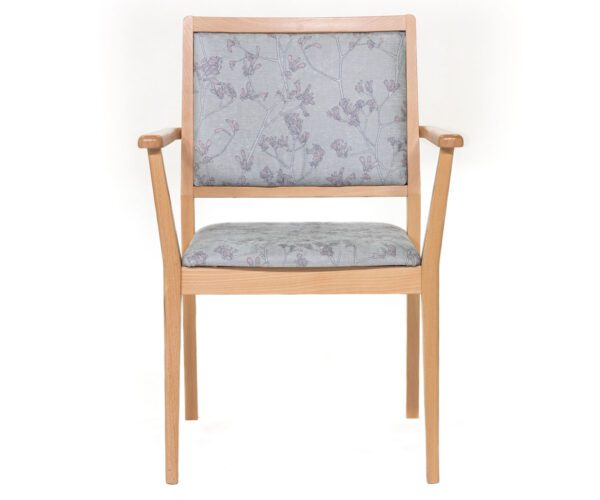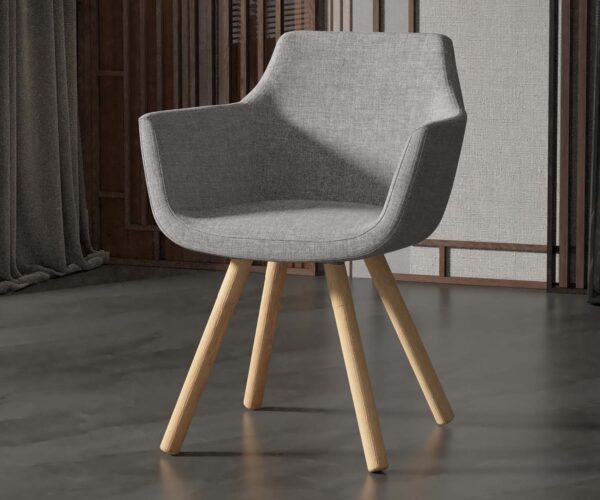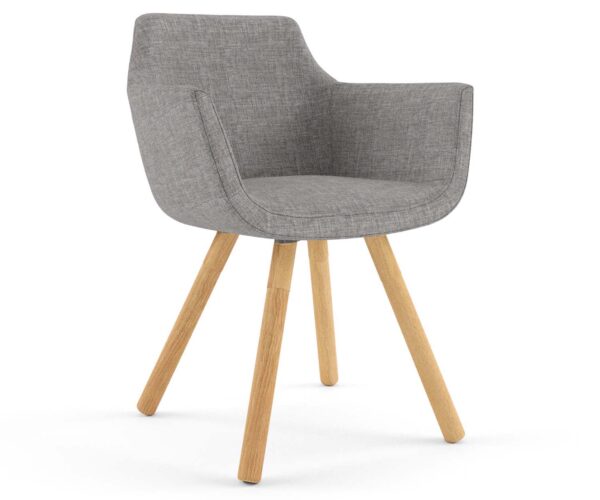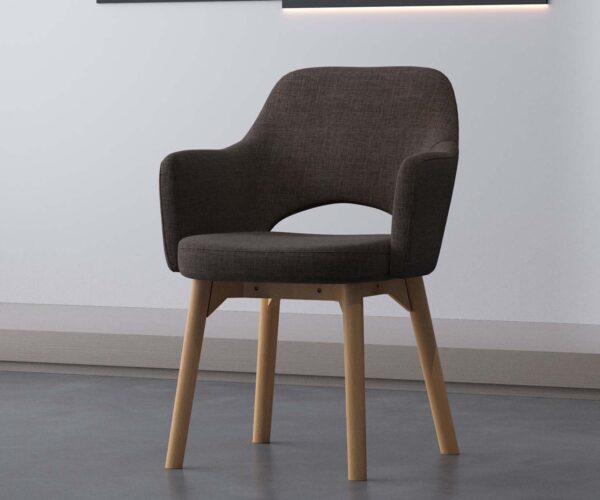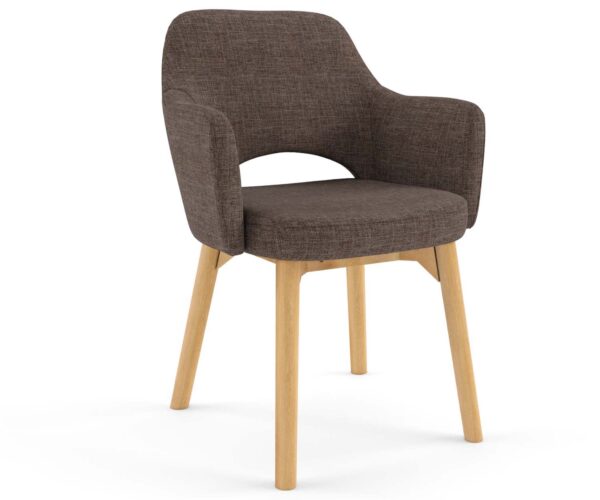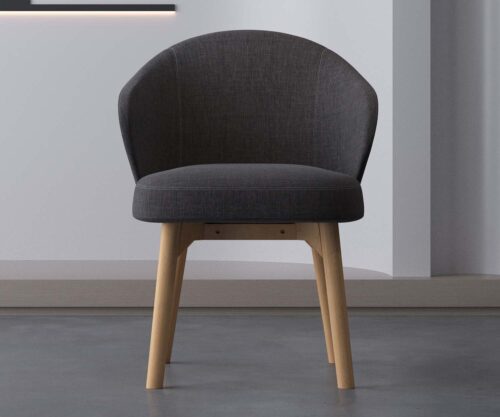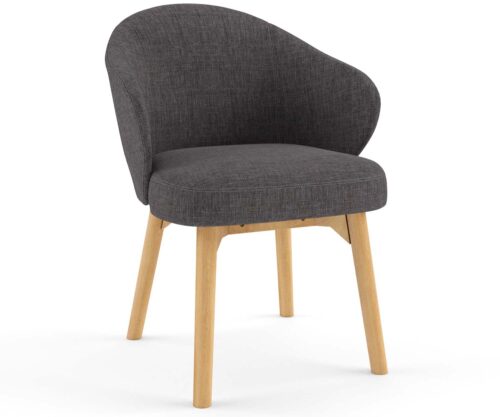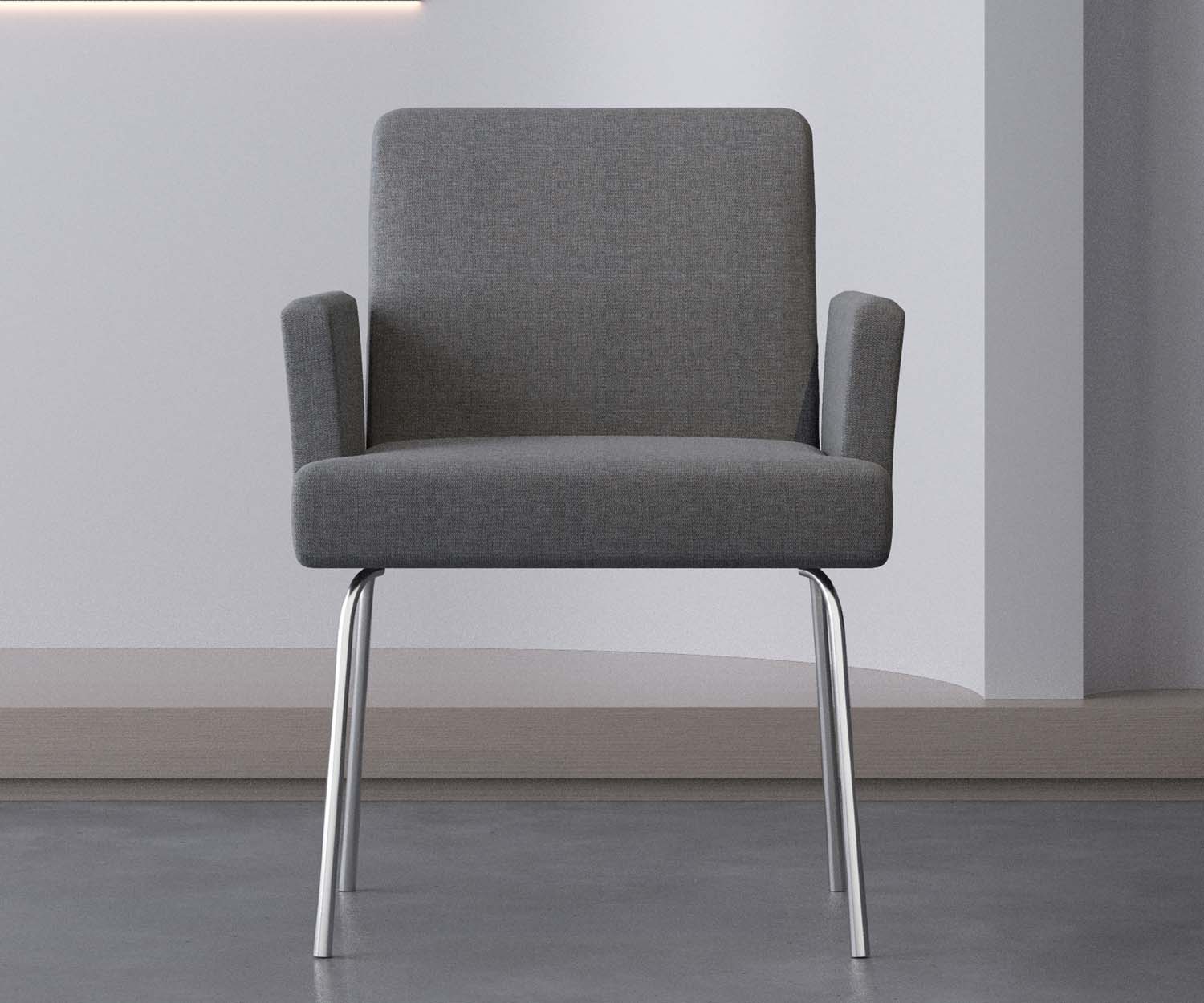Choosing the Right Falls Prevention Furniture for Aged Care Facilities
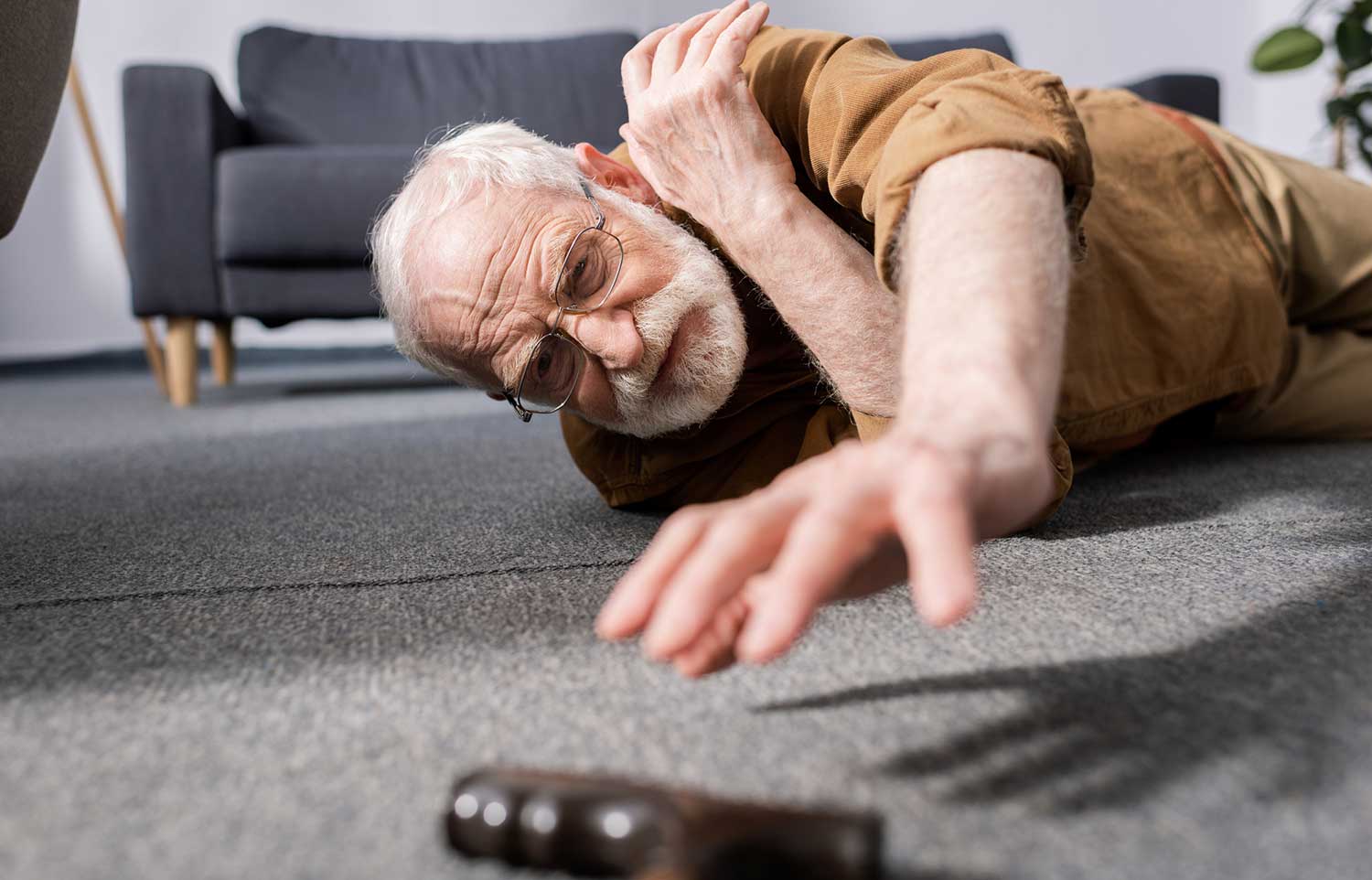
In Australian aged care facilities, ensuring the safety and well-being of residents is of utmost importance. One area where this is particularly crucial is in the prevention of falls. Falls can have devastating consequences for the elderly, leading to serious injuries and a decline in overall health. Or worse. That’s why choosing the right falls prevention furniture is essential.
In this guide, we will explore the key factors to consider when selecting furniture that promotes safety and reduces the risk of falls in aged care facilities. From incorporating Australian Aged Care Quality Standards and chair alarms to non-slip flooring and grab bars, we will delve into the various options available to create a secure environment for residents.
By understanding the importance of falls prevention furniture and knowing how to make informed choices, you can make a significant difference in the lives of those in your care.
The Importance of Falls Prevention in Aged Care Facilities
Falls are a significant concern in aged care facilities, with research indicating that they are the leading cause of injury among older adults. According to the Australian Institute of Health and Welfare, falls account for a large proportion of hospitalizations and emergency department presentations in this age group. The consequences of falls can be severe, ranging from fractures and head injuries to a loss of independence and a decline in overall quality of life.
To address this issue, aged care facilities must prioritize falls prevention. This involves implementing comprehensive strategies that encompass various aspects. These include environmental modifications, staff training, and the use of falls prevention furniture. By taking a proactive approach to falls prevention, aged care facilities can significantly reduce the risk of falls and create a safer environment for their residents.
Factors to Consider When Choosing Falls Prevention Furniture
When selecting falls prevention furniture, several key factors should be taken into consideration. These factors will ensure that the furniture meets the specific needs of the aged care facility and its residents. One crucial factor to consider is compliance with the Australian Aged Care Quality Standards. These standards outline the requirements for falls prevention in aged care facilities, including the use of appropriate furniture. By selecting furniture that meets these standards, facilities can ensure that they are providing a high level of care to their residents.
Another factor to consider is the functionality of the furniture. Falls prevention furniture should be designed to promote safety and ease of use. Features such as sturdy construction, non-slip surfaces, and ergonomic design can contribute to the effectiveness of falls prevention measures. Additionally, the furniture should be easy to clean and maintain.
Key Features to Look for in Falls Prevention Furniture
When choosing furniture to prevent falls in aged care facilities, here is a list of key features to look out for:
- Stability: Ensure that the furniture is stable and has a sturdy construction to minimize the risk of tipping or wobbling.
- Non-Slip Surfaces: Opt for furniture with non-slip surfaces, such as textured or rubberized materials, to prevent slips and falls, particularly on chairs, beds, and footrests.
- Armrests and Grab Bars: Look for furniture with integrated armrests or grab bars that provide support and stability for residents when sitting down, standing up, or transitioning between furniture items. Aged care armchairs featuring solid armrests are a good example of this.
- Proper Seat Height: Choose furniture with appropriate seat height, allowing residents to sit down and stand up comfortably without straining themselves. Seats that are too low can make it challenging for older individuals to rise, while seats that are too high can increase the risk of falls.
- Cushioned Padding: Consider furniture with cushioned padding on armrests, seat backs, and seat surfaces to enhance comfort and reduce the likelihood of injuries in case of accidental bumps or falls.
- Clear Pathways: Select furniture that allows for clear pathways and unobstructed movement within the facility, ensuring residents can navigate without tripping hazards.
- Wheelchair Accessibility: If residents use wheelchairs or mobility aids, choose furniture that accommodates their needs, such as tables with proper clearance or chairs with removable armrests for easy transfers.
- Low Maintenance and Easy to Clean: Choose furniture that is easy to clean and maintain, allowing for efficient hygiene practices in the aged care environment.
- Fall-Alert Systems: Consider furniture equipped with fall-alert systems or sensor technology that can detect when a resident falls or attempts to get up unsafely, triggering an alert for staff members to provide immediate assistance.
- Bright Colors and Contrasting Patterns: Select furniture with bright colors or contrasting patterns to improve visibility and reduce the risk of residents tripping or colliding with furniture due to poor visual perception.
- Rounded Corners and Edges: Choose furniture with rounded corners and edges to minimize the risk of injuries from accidental collisions.
- Weight Capacity: Ensure that the furniture has an appropriate weight capacity to support residents of different sizes and body weights safely.
- Furniture Positioning: Consider the placement and arrangement of furniture in the facility to create clear pathways, avoid clutter, and promote safe movement.
- Maintenance and Inspections: Regularly inspect and maintain the furniture to identify any potential hazards, loose parts, or signs of wear and tear. Promptly address any issues to ensure ongoing safety.
By considering these key features when selecting furniture for aged care facilities, you can help minimize the risk of falls and create a safer environment for the residents.
Types of Falls Prevention Furniture
Falls prevention furniture comes in various forms, each serving a specific purpose in promoting safety and reducing the risk of falls.
One type of falls prevention furniture is bedside furniture. Bedside furniture includes items such as bed rails and transfer poles that assist residents in getting in and out of bed safely. These pieces of furniture provide additional support and stability, reducing the risk of falls during transfers.
Chairs and seating options are another essential category of falls prevention furniture. Falls often occur when residents try to get up from a chair without assistance. To mitigate this risk, chairs with features such as high armrests, non-slip surfaces, and sturdy construction can be used. Additionally, chairs that offer tilt-in-space functionality can provide enhanced support and stability for residents with limited mobility.
Tips for Maintaining Falls Prevention Furniture
Proper maintenance of falls prevention furniture is essential to ensure its longevity and effectiveness. Regular inspections should be conducted to identify any signs of wear or damage. If any issues are detected, repairs or replacements should be made promptly to maintain the safety of the furniture.
Cleaning and disinfecting falls prevention furniture should also be done regularly to maintain hygiene standards. Follow the manufacturer’s instructions for cleaning. Use appropriate cleaning agents to ensure the furniture is thoroughly cleaned without causing any damage to its surfaces.
Where to Buy Falls Prevention Furniture
When it comes to purchasing falls prevention furniture, there are several options available. Many specialized suppliers offer a wide range of furniture designed specifically for aged care facilities. These suppliers can provide expert advice and guidance on selecting the most suitable furniture for your facility’s needs.
Creating a Safe and Comfortable Environment for Aged Care Residents
Choosing the right falls prevention furniture is crucial to creating a safe and comfortable environment for residents in aged care facilities. By considering factors such as compliance with Australian Aged Care Quality Standards, functionality, and key features. Facilities can select furniture that promotes safety and reduces the risk of falls.
FAQs About Choosing Falls Prevention Furniture for Aged Care Facilities
Why is choosing falls prevention furniture important in aged care facilities?
Falls prevention furniture is crucial for minimizing the risk of accidents and injuries among elderly residents, contributing to their overall safety and well-being.
What features should be considered in falls prevention furniture?
Features include slip-resistant materials, sturdy construction, appropriate seat heights, armrests for support, and designs that facilitate safe and easy movement for residents.
How can falls prevention furniture contribute to the overall safety of aged care residents?
Falls prevention furniture is designed with features that reduce the risk of slips, trips, and falls, providing stability and support to residents, especially those with mobility challenges.
Are there specific guidelines for the selection of falls prevention furniture in aged care settings?
Yes, guidelines may include adherence to safety standards, consideration of ergonomic design, and choosing furniture that accommodates the specific needs of elderly individuals.
How can furniture design contribute to falls prevention in aged care facilities?
Thoughtful design features such as rounded edges, non-slip surfaces, and appropriate heights contribute to creating an environment that minimizes the risk of falls.
Are there specific materials recommended for falls prevention furniture in aged care?
Materials should be chosen for their durability, ease of cleaning, and non-slip properties. Common choices include rubberized grips, non-skid surfaces, and materials resistant to moisture.
Can falls prevention furniture be aesthetically pleasing and comfortable for residents?
Yes, falls prevention furniture can be designed with aesthetics and comfort in mind. Many manufacturers offer stylish options that blend with the overall design of aged care facilities while prioritizing safety.
How can falls prevention furniture be customized to meet the unique needs of residents?
Manufacturers often offer customization options, allowing facilities to choose specific features such as adjustable heights, personalized grips, or materials tailored to the needs of residents.
What role do armrests play in falls prevention furniture?
Armrests provide crucial support for residents when sitting down or standing up, contributing to their stability and reducing the risk of falls. Choosing furniture with sturdy and appropriately positioned armrests is important.
How can staff be trained to use falls prevention furniture effectively in aged care facilities?
Training programs should focus on educating staff about the features and proper use of falls prevention furniture. This includes demonstrating how to assist residents in using the furniture safely to prevent accidents.
Armchairs Play a Crucial Role in Falls Prevention
Quality armchairs with solid timber frames, promote stability and reduce the risk of falls when sitting down, standing up, or transitioning between furniture items.
More News
Choosing the Right Falls Prevention Furniture for Aged Care Facilities

In Australian aged care facilities, ensuring the safety and well-being of residents is of utmost importance. One area where this is particularly crucial is in the prevention of falls. Falls can have devastating consequences for the elderly, leading to serious injuries and a decline in overall health. Or worse. That’s why choosing the right falls prevention furniture is essential.
In this guide, we will explore the key factors to consider when selecting furniture that promotes safety and reduces the risk of falls in aged care facilities. From incorporating Australian Aged Care Quality Standards and chair alarms to non-slip flooring and grab bars, we will delve into the various options available to create a secure environment for residents.
By understanding the importance of falls prevention furniture and knowing how to make informed choices, you can make a significant difference in the lives of those in your care.
The Importance of Falls Prevention in Aged Care Facilities
Falls are a significant concern in aged care facilities, with research indicating that they are the leading cause of injury among older adults. According to the Australian Institute of Health and Welfare, falls account for a large proportion of hospitalizations and emergency department presentations in this age group. The consequences of falls can be severe, ranging from fractures and head injuries to a loss of independence and a decline in overall quality of life.
To address this issue, aged care facilities must prioritize falls prevention. This involves implementing comprehensive strategies that encompass various aspects. These include environmental modifications, staff training, and the use of falls prevention furniture. By taking a proactive approach to falls prevention, aged care facilities can significantly reduce the risk of falls and create a safer environment for their residents.
Factors to Consider When Choosing Falls Prevention Furniture
When selecting falls prevention furniture, several key factors should be taken into consideration. These factors will ensure that the furniture meets the specific needs of the aged care facility and its residents. One crucial factor to consider is compliance with the Australian Aged Care Quality Standards. These standards outline the requirements for falls prevention in aged care facilities, including the use of appropriate furniture. By selecting furniture that meets these standards, facilities can ensure that they are providing a high level of care to their residents.
Another factor to consider is the functionality of the furniture. Falls prevention furniture should be designed to promote safety and ease of use. Features such as sturdy construction, non-slip surfaces, and ergonomic design can contribute to the effectiveness of falls prevention measures. Additionally, the furniture should be easy to clean and maintain.
Key Features to Look for in Falls Prevention Furniture
When choosing furniture to prevent falls in aged care facilities, here is a list of key features to look out for:
- Stability: Ensure that the furniture is stable and has a sturdy construction to minimize the risk of tipping or wobbling.
- Non-Slip Surfaces: Opt for furniture with non-slip surfaces, such as textured or rubberized materials, to prevent slips and falls, particularly on chairs, beds, and footrests.
- Armrests and Grab Bars: Look for furniture with integrated armrests or grab bars that provide support and stability for residents when sitting down, standing up, or transitioning between furniture items. Aged care armchairs featuring solid armrests are a good example of this.
- Proper Seat Height: Choose furniture with appropriate seat height, allowing residents to sit down and stand up comfortably without straining themselves. Seats that are too low can make it challenging for older individuals to rise, while seats that are too high can increase the risk of falls.
- Cushioned Padding: Consider furniture with cushioned padding on armrests, seat backs, and seat surfaces to enhance comfort and reduce the likelihood of injuries in case of accidental bumps or falls.
- Clear Pathways: Select furniture that allows for clear pathways and unobstructed movement within the facility, ensuring residents can navigate without tripping hazards.
- Wheelchair Accessibility: If residents use wheelchairs or mobility aids, choose furniture that accommodates their needs, such as tables with proper clearance or chairs with removable armrests for easy transfers.
- Low Maintenance and Easy to Clean: Choose furniture that is easy to clean and maintain, allowing for efficient hygiene practices in the aged care environment.
- Fall-Alert Systems: Consider furniture equipped with fall-alert systems or sensor technology that can detect when a resident falls or attempts to get up unsafely, triggering an alert for staff members to provide immediate assistance.
- Bright Colors and Contrasting Patterns: Select furniture with bright colors or contrasting patterns to improve visibility and reduce the risk of residents tripping or colliding with furniture due to poor visual perception.
- Rounded Corners and Edges: Choose furniture with rounded corners and edges to minimize the risk of injuries from accidental collisions.
- Weight Capacity: Ensure that the furniture has an appropriate weight capacity to support residents of different sizes and body weights safely.
- Furniture Positioning: Consider the placement and arrangement of furniture in the facility to create clear pathways, avoid clutter, and promote safe movement.
- Maintenance and Inspections: Regularly inspect and maintain the furniture to identify any potential hazards, loose parts, or signs of wear and tear. Promptly address any issues to ensure ongoing safety.
By considering these key features when selecting furniture for aged care facilities, you can help minimize the risk of falls and create a safer environment for the residents.
Types of Falls Prevention Furniture
Falls prevention furniture comes in various forms, each serving a specific purpose in promoting safety and reducing the risk of falls.
One type of falls prevention furniture is bedside furniture. Bedside furniture includes items such as bed rails and transfer poles that assist residents in getting in and out of bed safely. These pieces of furniture provide additional support and stability, reducing the risk of falls during transfers.
Chairs and seating options are another essential category of falls prevention furniture. Falls often occur when residents try to get up from a chair without assistance. To mitigate this risk, chairs with features such as high armrests, non-slip surfaces, and sturdy construction can be used. Additionally, chairs that offer tilt-in-space functionality can provide enhanced support and stability for residents with limited mobility.
Tips for Maintaining Falls Prevention Furniture
Proper maintenance of falls prevention furniture is essential to ensure its longevity and effectiveness. Regular inspections should be conducted to identify any signs of wear or damage. If any issues are detected, repairs or replacements should be made promptly to maintain the safety of the furniture.
Cleaning and disinfecting falls prevention furniture should also be done regularly to maintain hygiene standards. Follow the manufacturer’s instructions for cleaning. Use appropriate cleaning agents to ensure the furniture is thoroughly cleaned without causing any damage to its surfaces.
Where to Buy Falls Prevention Furniture
When it comes to purchasing falls prevention furniture, there are several options available. Many specialized suppliers offer a wide range of furniture designed specifically for aged care facilities. These suppliers can provide expert advice and guidance on selecting the most suitable furniture for your facility’s needs.
Creating a Safe and Comfortable Environment for Aged Care Residents
Choosing the right falls prevention furniture is crucial to creating a safe and comfortable environment for residents in aged care facilities. By considering factors such as compliance with Australian Aged Care Quality Standards, functionality, and key features. Facilities can select furniture that promotes safety and reduces the risk of falls.
FAQs About Choosing Falls Prevention Furniture for Aged Care Facilities
Why is choosing falls prevention furniture important in aged care facilities?
Falls prevention furniture is crucial for minimizing the risk of accidents and injuries among elderly residents, contributing to their overall safety and well-being.
What features should be considered in falls prevention furniture?
Features include slip-resistant materials, sturdy construction, appropriate seat heights, armrests for support, and designs that facilitate safe and easy movement for residents.
How can falls prevention furniture contribute to the overall safety of aged care residents?
Falls prevention furniture is designed with features that reduce the risk of slips, trips, and falls, providing stability and support to residents, especially those with mobility challenges.
Are there specific guidelines for the selection of falls prevention furniture in aged care settings?
Yes, guidelines may include adherence to safety standards, consideration of ergonomic design, and choosing furniture that accommodates the specific needs of elderly individuals.
How can furniture design contribute to falls prevention in aged care facilities?
Thoughtful design features such as rounded edges, non-slip surfaces, and appropriate heights contribute to creating an environment that minimizes the risk of falls.
Are there specific materials recommended for falls prevention furniture in aged care?
Materials should be chosen for their durability, ease of cleaning, and non-slip properties. Common choices include rubberized grips, non-skid surfaces, and materials resistant to moisture.
Can falls prevention furniture be aesthetically pleasing and comfortable for residents?
Yes, falls prevention furniture can be designed with aesthetics and comfort in mind. Many manufacturers offer stylish options that blend with the overall design of aged care facilities while prioritizing safety.
How can falls prevention furniture be customized to meet the unique needs of residents?
Manufacturers often offer customization options, allowing facilities to choose specific features such as adjustable heights, personalized grips, or materials tailored to the needs of residents.
What role do armrests play in falls prevention furniture?
Armrests provide crucial support for residents when sitting down or standing up, contributing to their stability and reducing the risk of falls. Choosing furniture with sturdy and appropriately positioned armrests is important.
How can staff be trained to use falls prevention furniture effectively in aged care facilities?
Training programs should focus on educating staff about the features and proper use of falls prevention furniture. This includes demonstrating how to assist residents in using the furniture safely to prevent accidents.
Armchairs Play a Crucial Role in Falls Prevention
Quality armchairs with solid timber frames, promote stability and reduce the risk of falls when sitting down, standing up, or transitioning between furniture items.
Commercial furniture by room
Based in Brisbane, we’re an Australian manufacturer of aged care furniture, retirement living furniture, hospital & healthcare furniture, hotel & accommodation furniture and student accommodation furniture. We also supply a range of commercial office furniture.
Discover the FHG Look Book: Your Source of Inspiration for Quality Australian-Made Commercial Furniture
- Quality Craftsmanship: See why we’ve been a trusted partner for over 25 years.
- Local Excellence: Learn how our Brisbane team ensures the highest standards.
- Inspiration and Ideas: Find innovative furniture solutions for any environment.
Don’t miss the opportunity to transform your commercial space with FHG’s expertly crafted furniture. Download the FHG Look Book today and start your journey towards exceptional design and quality.

